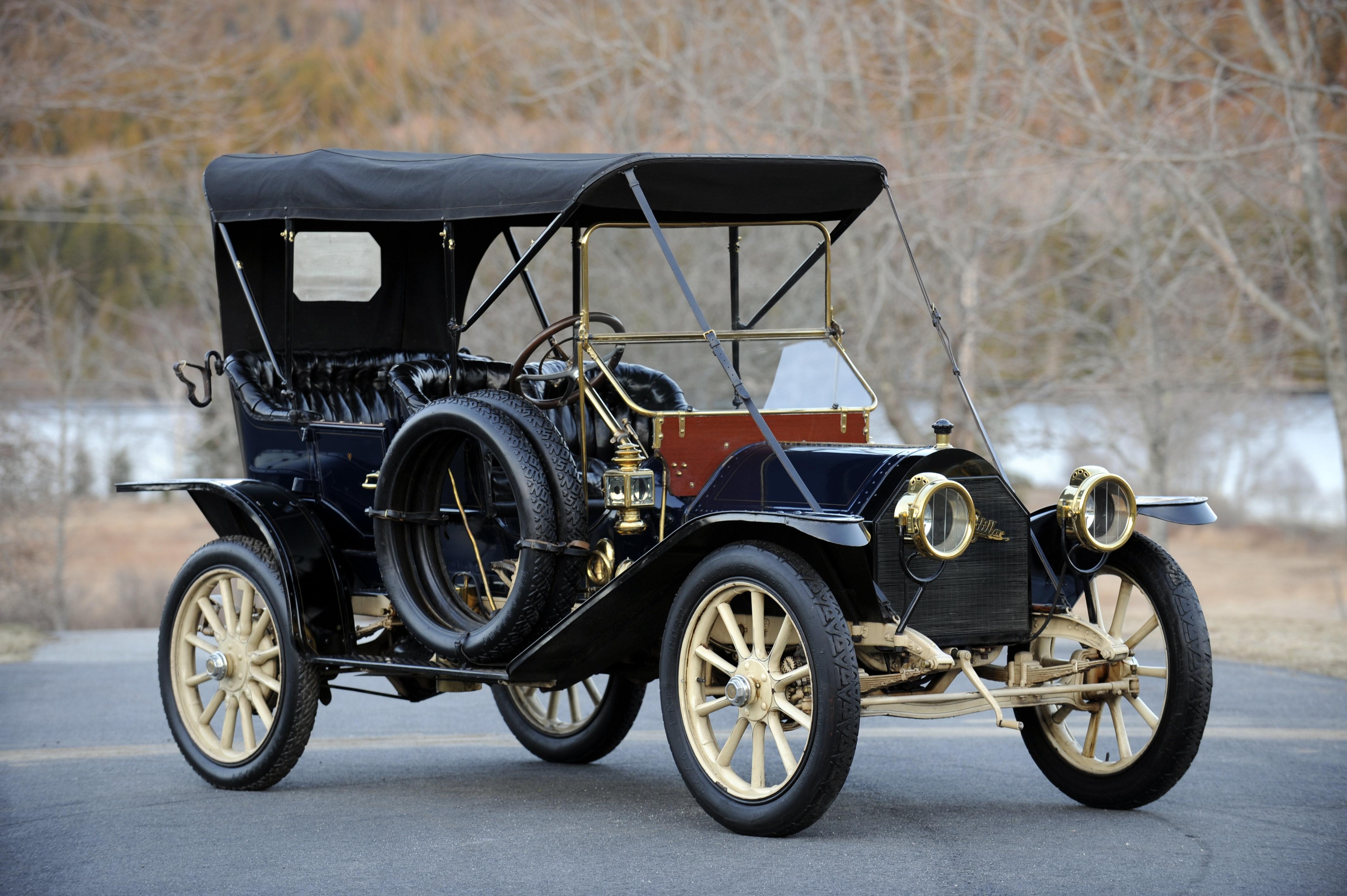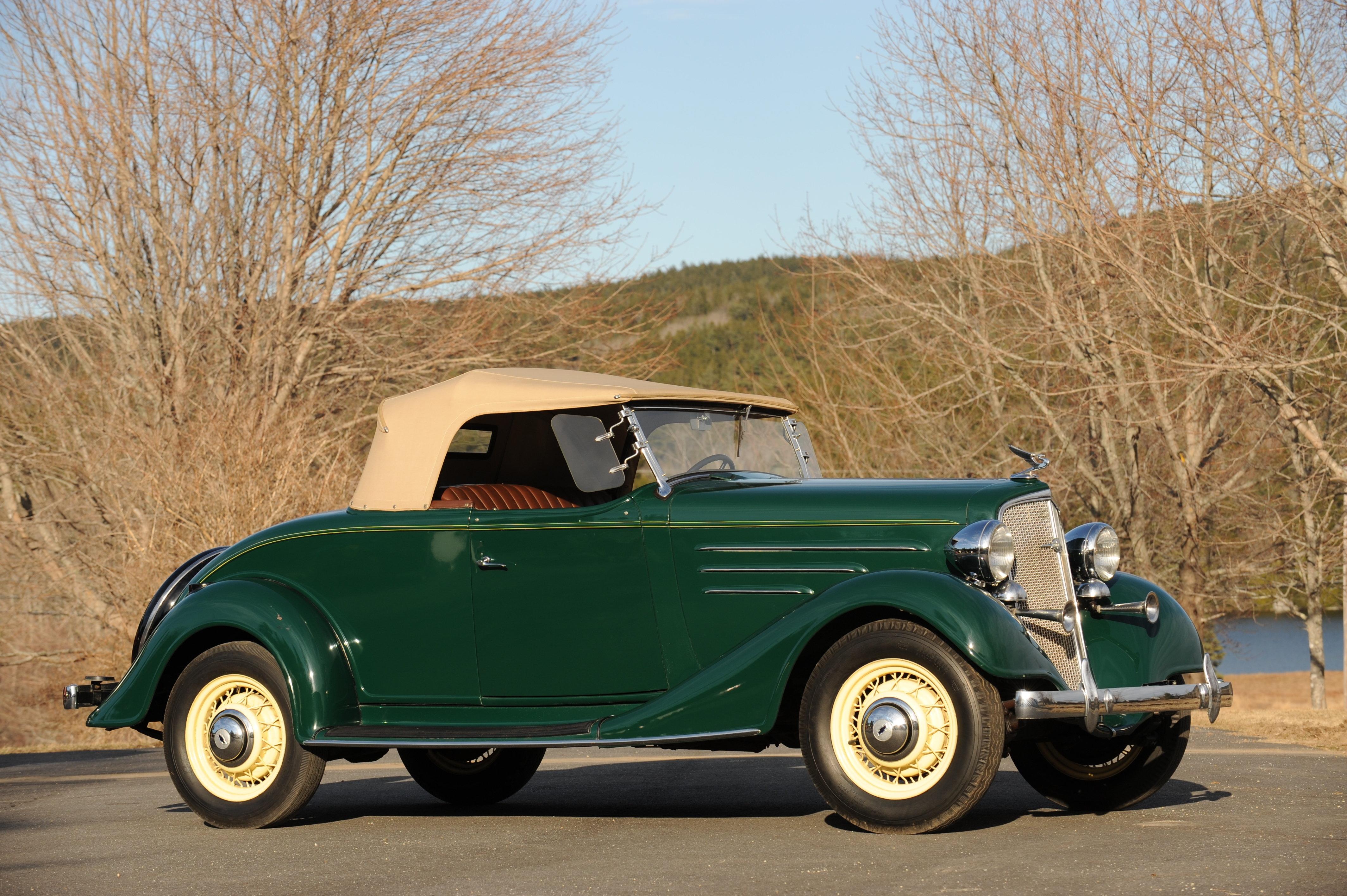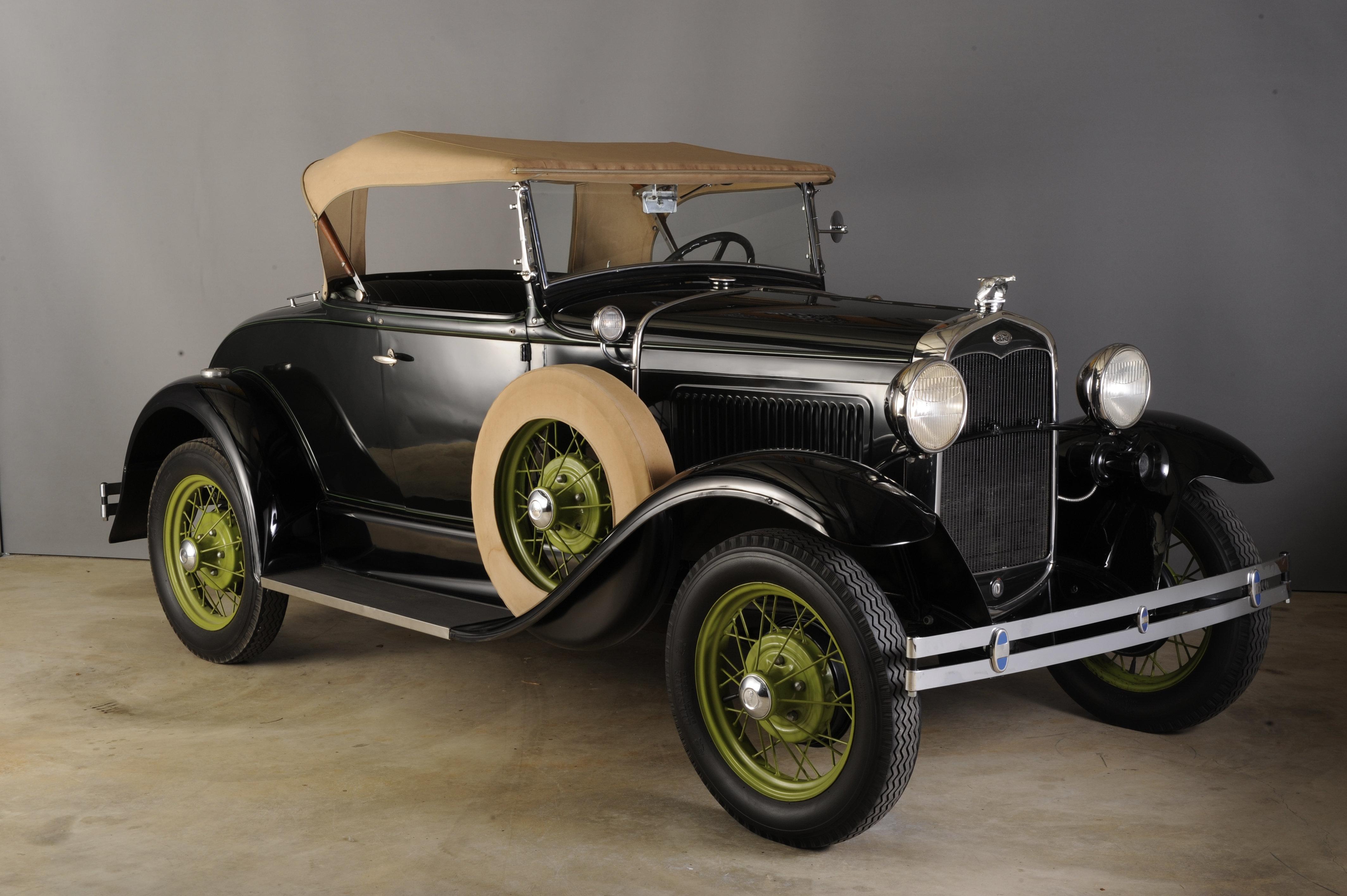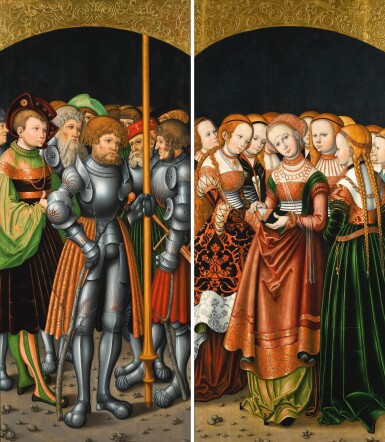Property from a European Private CollectionA George III rosewood and marquetry bonheur-du-jour, circa 1780, attributed to Mayhew and Ince
the upper section with three-quarter gilt-lacquered brass gallery, above two cupboard doors enclosing two shelves and a mahogany-lined short drawer, the serpentine front with a frieze drawer, on square tapering legs with collars inlaid with fluting, terminating in brass cappings with leather castors106cm. high, 90cm. wide, 44cm. deep ; 3ft. 5¾in., 2ft. 11½in., 1ft. 5½in.Condition reportAn extremely fine piece of late Georgian furniture, undoubtedly by top London maker, Messrs. Mayhew & Ince being the most likely candidate. The piece is in overall reasonable conserved condition, with typical areas of restoration to the marquetry inlay. The half-moon fan burst to the top with discoloration to two sections, and there is some water staining to the ribbon-tied swag to this area. Overall, the surface with typical minor old scuffs and scratches, and there is evidence of typical repairs and replacements to stringing, veneers and inlay, notably to banded edges and dotted frieze to upper tier. Although the marquetry is faded in colour, it is extremely fine. The drawers to upper section retaining their original ring-pull handles. With one key for cupboard doors.
Please note that Condition 12 of the Conditions of Business for Buyers (Online Only) is not applicable to this lot.
The lot is sold in the condition it is in at the time of sale. The condition report is provided to assist you with assessing the condition of the lot and is for guidance only. Any reference to condition in the condition report for the lot does not amount to a full description of condition. The images of the lot form part of the condition report for the lot. Certain images of the lot provided online may not accurately reflect the actual condition of the lot. In particular, the online images may represent colors and shades which are different to the lot's actual color and shades. The condition report for the lot may make reference to particular imperfections of the lot but you should note that the lot may have other faults not expressly referred to in the condition report for the lot or shown in the online images of the lot. The condition report may not refer to all faults, restoration, alteration or adaptation. The condition report is a statement of opinion only. For that reason, the condition report is not an alternative to taking your own professional advice regarding the condition of the lot. NOTWITHSTANDING THIS ONLINE CONDITION REPORT OR ANY DISCUSSIONS CONCERNING A LOT, ALL LOTS ARE OFFERED AND SOLD "AS IS" IN ACCORDANCE WITH THE CONDITIONS OF SALE/BUSINESS APPLICABLE TO THE RESPECTIVE SALE.ProvenanceSotheby's London, 6 May 1988, lot 72Catalogue noteThis is a typical example of a piece of furniture that rapidly shot to popularity in the 1760s and 1770s, a bonheur-du-jour – these were ladies’ writing desks that were rather slim in profile and, through an ingeniously compact arrangement of drawers and pigeonholes, always had a highly elegant form. It was typical, as on the present lot, to have a raised gallery around the three outer edges of the upper section, to allow for the display of ornaments on top. Bonheurs-du-jour appear with numerous types of popular decorative styles, including some with Sèvres porcelain plaques such as the Carlin example in the Musée Nissim de Camondo (inv. CAM 126). An English marquetry example attributed to Thomas Chippendale can be found in the MET, accession number 29.114.2, but the style of marquetry here suggests the hand of the prominent cabinet-maker duo John Mayhew and William Ince This pair were one of the most significant contributors to English furniture in the late-eighteenth century, and they created pieces for many iconic country houses including Blenheim Palace and Chatsworth House. The marquetry of the present lot is characteristic of their output – the trompe l’oeil marquetry to imitate beading is highly typical, and can be spotted on the commodes attributed to Mayhew and Ince sold in these Rooms on 29th April 2014, lot 22, and 3rd December 2013, lot 353. The interlacing foliate frieze also frequently appears on their work, and can be observed, among others on a pair of commodes sold at Sotheby’s New York, 11th December 2014, lot 9 and a pair of demi-lune tables sold at Christie’s New York, 9th April 2019, lot 80.
Property from a European Private CollectionA George III rosewood and marquetry bonheur-du-jour, circa 1780, attributed to Mayhew and Ince
the upper section with three-quarter gilt-lacquered brass gallery, above two cupboard doors enclosing two shelves and a mahogany-lined short drawer, the serpentine front with a frieze drawer, on square tapering legs with collars inlaid with fluting, terminating in brass cappings with leather castors106cm. high, 90cm. wide, 44cm. deep ; 3ft. 5¾in., 2ft. 11½in., 1ft. 5½in.Condition reportAn extremely fine piece of late Georgian furniture, undoubtedly by top London maker, Messrs. Mayhew & Ince being the most likely candidate. The piece is in overall reasonable conserved condition, with typical areas of restoration to the marquetry inlay. The half-moon fan burst to the top with discoloration to two sections, and there is some water staining to the ribbon-tied swag to this area. Overall, the surface with typical minor old scuffs and scratches, and there is evidence of typical repairs and replacements to stringing, veneers and inlay, notably to banded edges and dotted frieze to upper tier. Although the marquetry is faded in colour, it is extremely fine. The drawers to upper section retaining their original ring-pull handles. With one key for cupboard doors.
Please note that Condition 12 of the Conditions of Business for Buyers (Online Only) is not applicable to this lot.
The lot is sold in the condition it is in at the time of sale. The condition report is provided to assist you with assessing the condition of the lot and is for guidance only. Any reference to condition in the condition report for the lot does not amount to a full description of condition. The images of the lot form part of the condition report for the lot. Certain images of the lot provided online may not accurately reflect the actual condition of the lot. In particular, the online images may represent colors and shades which are different to the lot's actual color and shades. The condition report for the lot may make reference to particular imperfections of the lot but you should note that the lot may have other faults not expressly referred to in the condition report for the lot or shown in the online images of the lot. The condition report may not refer to all faults, restoration, alteration or adaptation. The condition report is a statement of opinion only. For that reason, the condition report is not an alternative to taking your own professional advice regarding the condition of the lot. NOTWITHSTANDING THIS ONLINE CONDITION REPORT OR ANY DISCUSSIONS CONCERNING A LOT, ALL LOTS ARE OFFERED AND SOLD "AS IS" IN ACCORDANCE WITH THE CONDITIONS OF SALE/BUSINESS APPLICABLE TO THE RESPECTIVE SALE.ProvenanceSotheby's London, 6 May 1988, lot 72Catalogue noteThis is a typical example of a piece of furniture that rapidly shot to popularity in the 1760s and 1770s, a bonheur-du-jour – these were ladies’ writing desks that were rather slim in profile and, through an ingeniously compact arrangement of drawers and pigeonholes, always had a highly elegant form. It was typical, as on the present lot, to have a raised gallery around the three outer edges of the upper section, to allow for the display of ornaments on top. Bonheurs-du-jour appear with numerous types of popular decorative styles, including some with Sèvres porcelain plaques such as the Carlin example in the Musée Nissim de Camondo (inv. CAM 126). An English marquetry example attributed to Thomas Chippendale can be found in the MET, accession number 29.114.2, but the style of marquetry here suggests the hand of the prominent cabinet-maker duo John Mayhew and William Ince This pair were one of the most significant contributors to English furniture in the late-eighteenth century, and they created pieces for many iconic country houses including Blenheim Palace and Chatsworth House. The marquetry of the present lot is characteristic of their output – the trompe l’oeil marquetry to imitate beading is highly typical, and can be spotted on the commodes attributed to Mayhew and Ince sold in these Rooms on 29th April 2014, lot 22, and 3rd December 2013, lot 353. The interlacing foliate frieze also frequently appears on their work, and can be observed, among others on a pair of commodes sold at Sotheby’s New York, 11th December 2014, lot 9 and a pair of demi-lune tables sold at Christie’s New York, 9th April 2019, lot 80.














Testen Sie LotSearch und seine Premium-Features 7 Tage - ohne Kosten!
Lassen Sie sich automatisch über neue Objekte in kommenden Auktionen benachrichtigen.
Suchauftrag anlegen